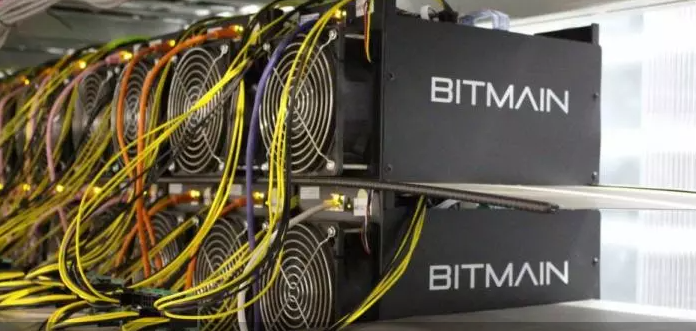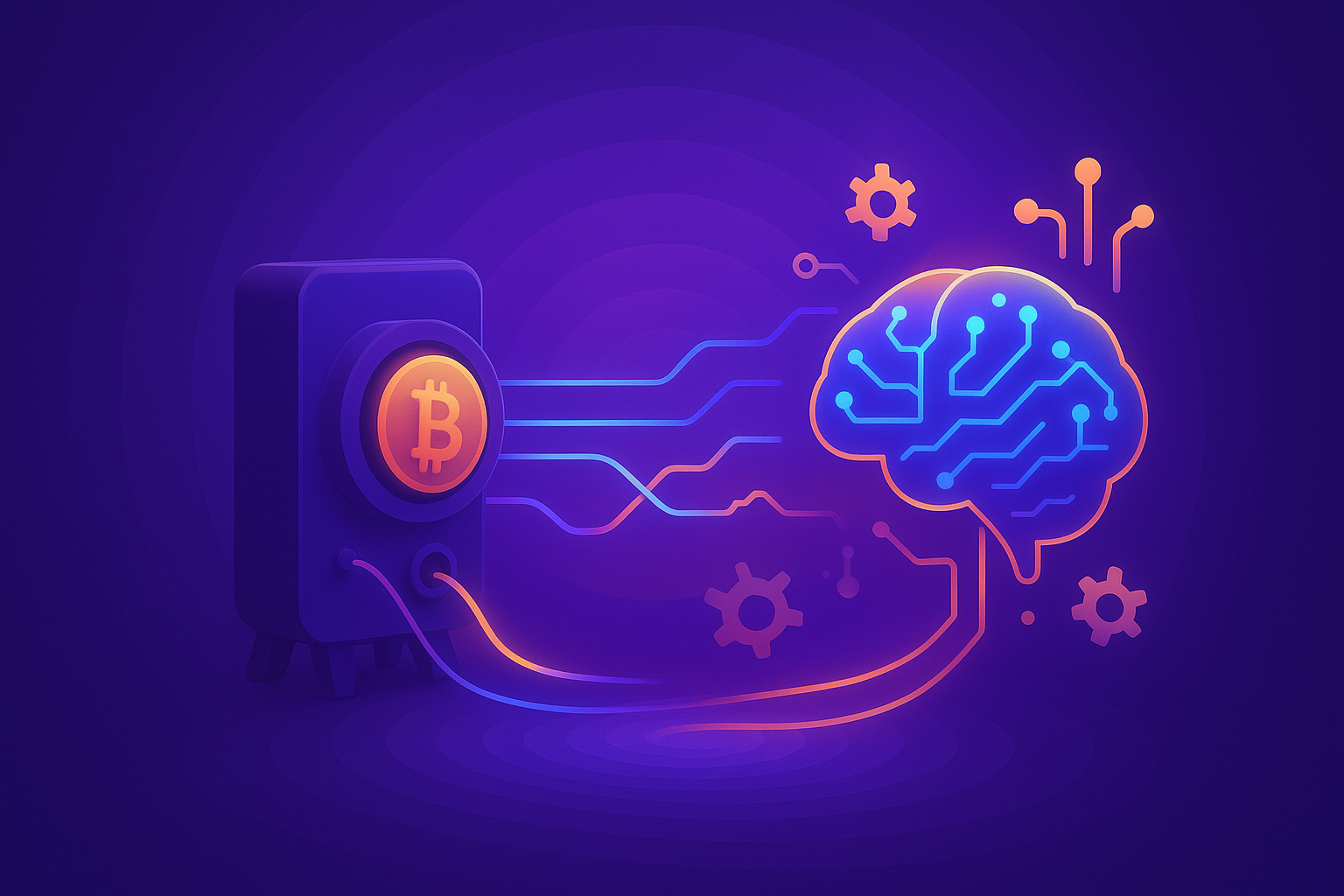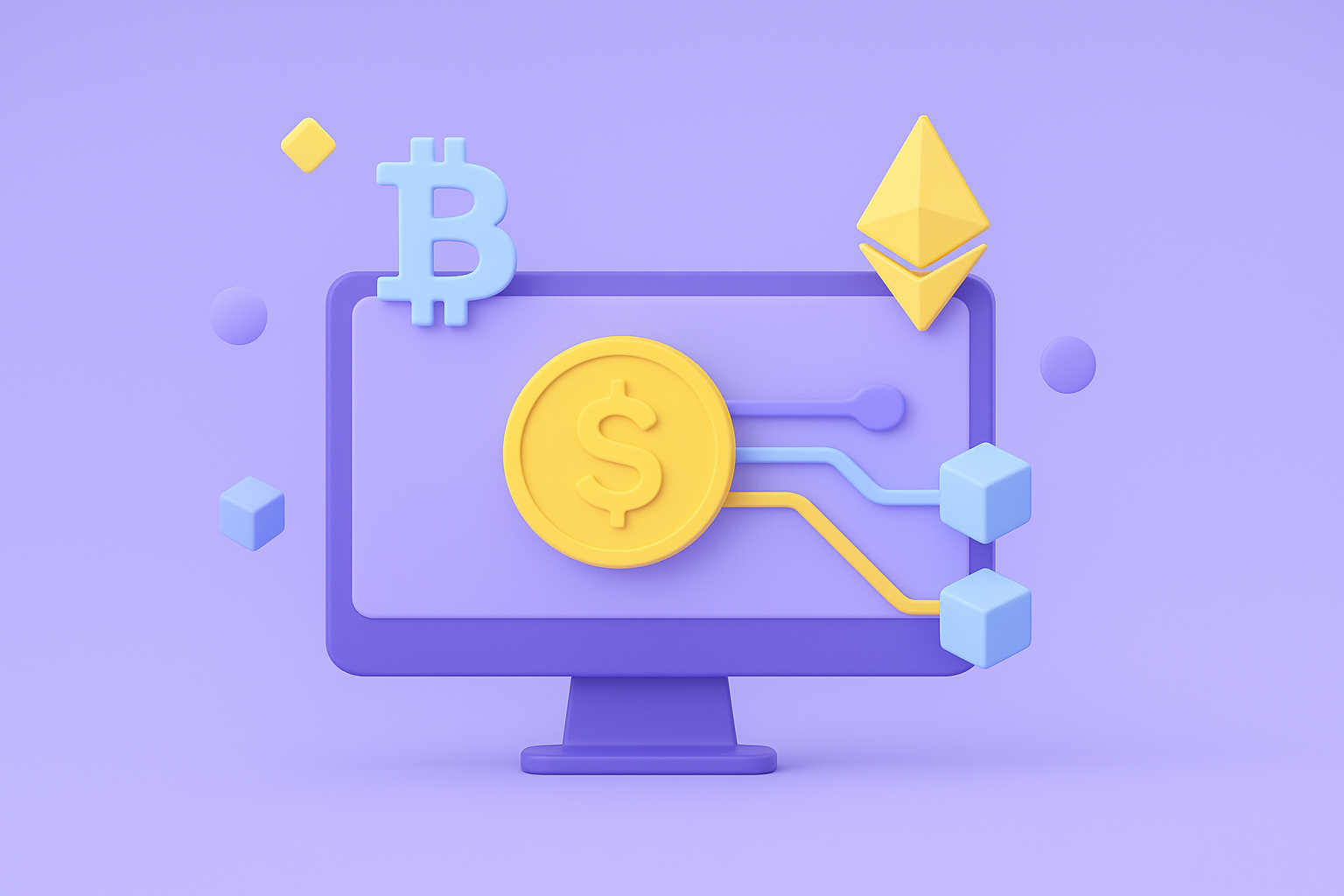Bitcoin is now the most well-known cryptocurrency in the world, and mining remains central to its operation. Yet, one question plagues many curious minds: how long does it take to mine a bitcoin? Contrary to popular belief, there is no single answer. The timeframe depends on multiple factors such as avilable computing power, network difficulty, energy costs, and the method used. The article provides a comprehensive analysis to understand how long it actually takes to mine a bitcoin in 2025, and whether this activity is still accessible to individuals.
Bitcoin mining: defintion and role
Mining is a fundamental process that ensures the security and continuity of the Bitcoin network. Miners use specialised computer hardware to solve complex cryptographic equations. Each time a block of trasactions is validated, it is added to the blockchain and becomes immutable. In exchange for this validation, the miner receives a reward in bitcoins. Since the last halving in April 2024, each validated block has earned 3.125 BTC. This mechanism therefore has a dual function: to enable the creation of new bitcoins and to ensure that all transactions are reliable and irreversible.
How long does it take to mine a block?
The Bitcoin protocol is designed so that a new block is validated every ten minutes on average. This time does not vary, as the mining difficulty is automatically adjusted based on the total network power. But be careful: ten minutes for a block does not mean that a solo miner obtains 3.125 BTC every ten minutes. In reality, the chances of an individual successfully validating a block alone are extremely low, as they are competing with thousands of other machines around the world. The question “how long does it take to mine a Bitcoin” must therefore be understood on an individual level: for a single miner, this time can range from several months to several years, depending on their resources.
Why does the time vary among miners?
Network difficulty
Every 2,016 blocks (approximately two weeks), the difficulty is readjusted to maintain an average time of 10 minutes per block. If many miners join the network, the difficulty increases, making the task more complex for each miner. Conversely, if the overall power decreases, the difficulty adapts accordingly.
Available computer power
The time it takes to mine a bitcoin depends directly on the hash rate, or the hardware’s computing capacity. A high-end ASIC can perform hundreds of trillions of calculations per second, but it remains a drop in the ocean compared to the total global hash rate, which is measured in exahashes.
Cost and access to electricity
Electricity is the main expense for a miner. In countries where it is cheap, such as Kazakhstan, Texas, or Iceland, the time it takes to mine a bitcoin is shorter because the activity can run continuously without loss of profitability.
The chosen method
In solo mining, the chances of obtaining a full bitcoin quickly are virtually zero. Mining pools, which bring together several miners, offer an alternative: participants receive fractions of bitcoins regularly in proportion to their power. This doesn’t reduce the difficulty, but it does guarantee a constant flow of rewards.
Is it realistic to mine a Bitcoin in 2025?
Today, mining is an industry dominated by specialised companies with gigantic server farms. For an individual, mining a full Bitcoin alone is nearly impossible within a reasonable timeframe. However, thanks to mining pools, it is possible to gradually accumulate fractions of BTC until reaching the equivalent of one Bitcoin. On average, for a well-equipped individual miner, this can take from several months to a few years, depending on the power deployed and the price of BTC.
Profitability and mining time
The time it takes to mine a Bitcoin is closely linked to the profitability of the operation. If the price of BTC rises sharply, the rewards become more attractive, even if they take longer to obtain. Conversely, if the price falls, the time to reach 1 BTC seems interminable and profitability plummets. Three criteria are decisive: the cost of electricity, the price of Bitcoin, and the performance of the hardware. In some cases, it makes more sense to buy BTC directly from an exchange rather than mining it.
Environmental impact of mining time
The longer it takes to mine a Bitcoin, the greater the energy consumption. Mining is often criticised for its high carbon footprint, as it requires colossal amounts of electricity. In 2022, global mining consumption was estimated at around 90 TWh per year. However, a transition is underway: more and more players are using renewable energies such as hydroelectricity, geothermal, and solar power. This shift could reduce the environmental impact while maintaining sustained production.
Halvngs: A direct influence on mining time
Every 210,000 blocks, or approximately every four years, a halving occurs. This event halves the rewards awarded to miners. Here’s the history:
- 2009: 50 BTC per block
- 2012: 25 BTC
- 2016: 12.5 BTC
- 2020: 6.25 BTC
- 2024: 3.125 BTC
The next block reward is scheduled for 2028 and will reduce the block reward to 1.5625 BTC per block. In practical terms, this means that the time required to mine a Bitcoin will continue to increase over the years, unless the price of BTC explodes to compensate.
So, how long will it take to mine a Bitcoin in 2025?
The answer depends on the method used:
- Solo mining: several decades with a single machine, which is to say impossible.
- Mining pool: gradual accumulation of fractions of BTC, allowing you to reach 1 BTC in a few months or years, depending on the power used.
- Cloud mining: everything depends on the contract, but this system remains risky due to numerous frauds.
Future outlook
The time to mine a Bitcoin will continue to increase as halvings reduce rewards. Miners will have to invest in ever more efficient equipment and seek renewable electricity sources to remain competitive. Regulation will also play a major role: some countries may ban mining, while others may encourage it through appropriate energy policies. One thing is certain: mining 1 BTC in 2025 is much more difficult than it was in 2010, and will become even more so in the years to come.
FAQ – How long does it take to mine a Bitcoin?
1. How long does it take to mine a Bitcoin block? About 10 minutes, thanks to automatic difficulty adjustment.
2. What is the current block reward? Since April 2024, it has been set at 3.125 BTC.
3. Is it possible to mine 1 BTC solo? Theoretically yes, but it would take several decades with a single device.
4. Do mining pools reduce the time? Yes, they allow you to regularly obtain fractions of BTC.
5. Is cloud mining a good solution? It can be, but many services lack transparency or are fraudulent.
6. Why does the difficulty increase? Because the network adjusts complexity based on the number of active miners.
7. What hardware is needed to mine efficiently? A modern ASIC, a reliable internet connection, and cheap electricity.
8. Is mining profitable in 2025? Only if energy costs are low and BTC remains high.
9. What is the environmental impact of mining? Very significant, but partly offset by the increasing use of renewable energy.
10. When will the last Bitcoin be mined? Around 2140, when the 21 million BTC cap is reached.










